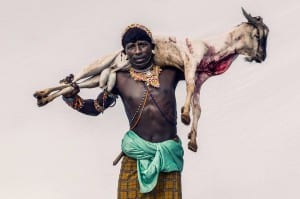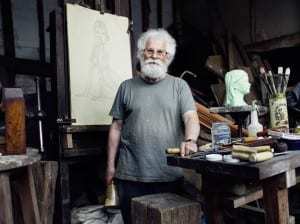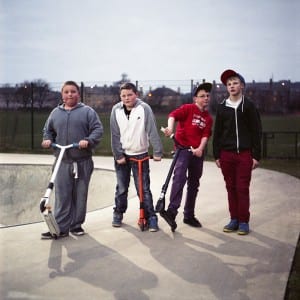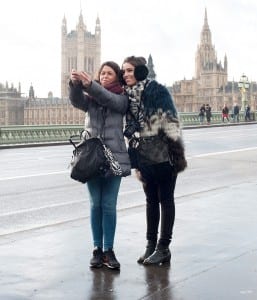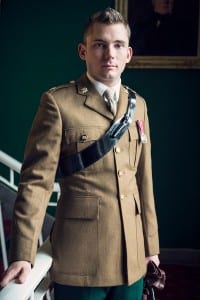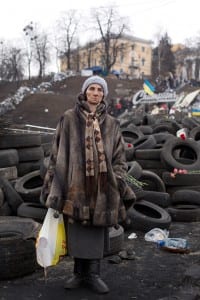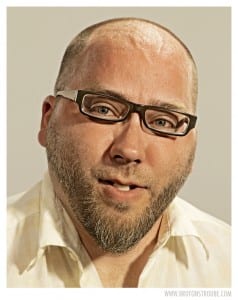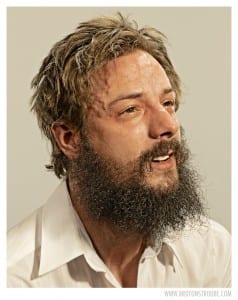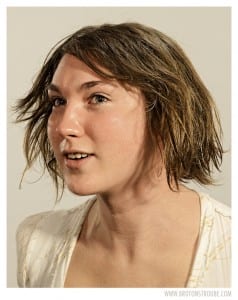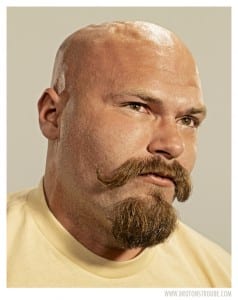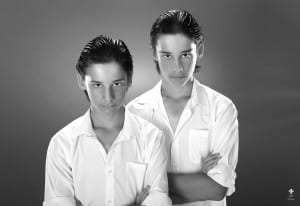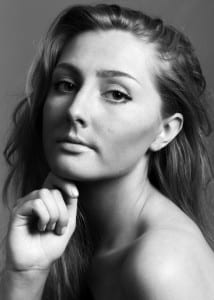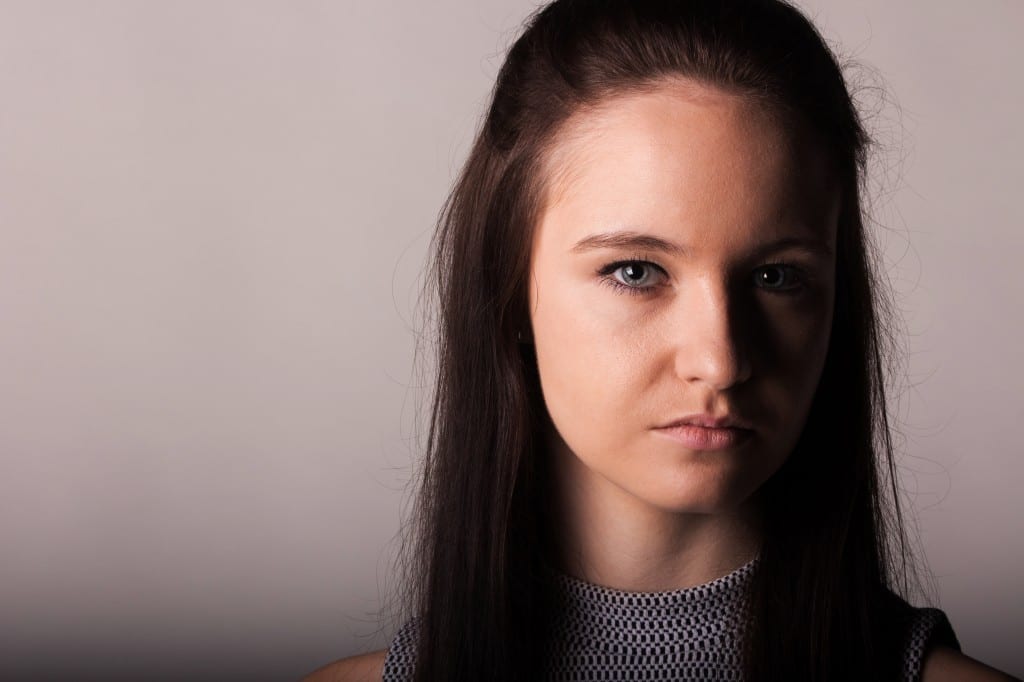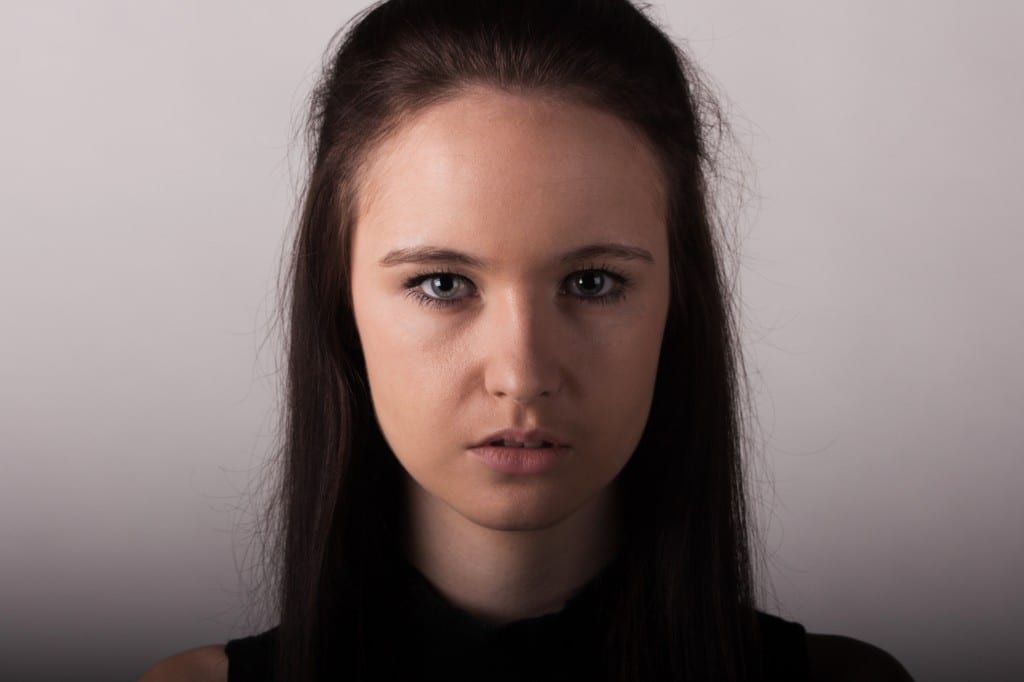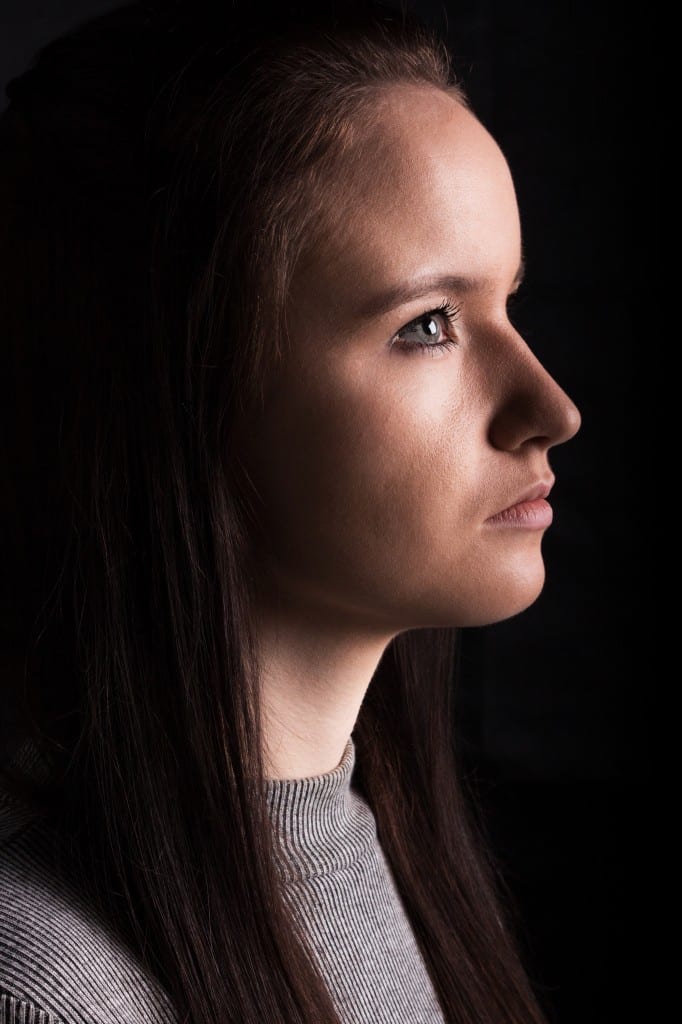For this project I wanted to create something with a less serious tone to some of my other pieces of work. As I simultaneously study Film Production, I understand how to light a subject for film as opposed to for a photograph, so really I should have the upper hand over some of my classmates. I feel that this project is a lot more open to interpretation than some of the other projects, so I have used this to my advantage when considering what type of styles I should be adhering to.
During the lecture we spoke about the uncomfortable nature of the video portrait, and how as people, we tend to dislike eye contact. My first impressions from viewing some video portraits were as I just said, uncomfortable. For my project I wanted to do something that wasn’t as uncomfortable, despite the eye contact.
I therefore decided to research into a few other video portraits to gather some inspiration and ideas. I looked at the work of Robert Wilson, who has taken many video portraits of both celebrities and animals, which I thought were two very contrasting ideas. His work of celebrities is very serious and has a very sinister tone to them. For example Wilson created a video portrait of Brad Pitt, where he is simply staring down the camera in a dominant stance as rain begins to pour down on him. Wilson also created several, less serious video portraits of animals. I personally preferred this section of work, as they added a much more comedic tone, something I was hoping to achieve with my own project.
After looking at this I came up with two, quite different ideas.
Idea 1.
3 different subjects will be exposed to three very different genres of music and left alone in the rooms. They will be filmed for around 10 minutes each, and the camera will observe their natural actions with the songs playing. This is purely to observe the differences that certain favourite genres of music have on us, and how we behave without actually noticing.
Idea 2.
3 different subjects will each be given a gulp of water to hold in their mouth, and they are not allowed to swallow it. I will be playing funny videos to the subjects and telling them to try not to laugh. Based on conventions of culture and previous experiences of seeing people in similar situations to themselves, the subjects will try to hold the water in their mouth for as long as possible. It is essentially a test, and it will be interesting to see how specific individuals deal with the pressure. Not only will spitting out the water expose the subjects to failure, but it also shows their personality traits, and how susceptible to laughter they are. DON’T WORRY – There will be a bowl on the floor to catch the water, it will not go on the studio floor/equipment.
FURTHER IDEA DEVELOPMENT
After creating two very different ideas, I decided to decide on Idea 2. to by my final project. I chose this simply because I think it will differ from a lot of the uncomfortable, sinister video portraits that I have seen, and will provide a more funny, enjoyable video. Not only this but I think this idea will be much more fun to make, and it will be very interesting to see how my subjects react within these situations.
PREPARING FOR PRODUCTION
After crafting the foundations of my idea, there wasn’t really too much development that I had to indulge myself in. As I said earlier, I will be taking a bowl into the studio so that I do not spill water, as obviously I don’t want to damage/ruin anything.
For framing, I was thinking of placing my subjects in the center, as placing them on one of the thirds just wouldn’t look right for this kind of project. Plus, I want them to look directly into the camera, not past it, so being central will look best for this. For lighting, I want to use a three point lighting set up, typical to film manner. After undertaking all my preparation, I decided that I was ready to go and shoot.
FINAL VIDEO
When in the studio, I actually had some issues with lighting. Wherever I placed my three lights, there was a shadow on both sides of the nose that I just couldn’t get rid of. After around half an hour of experimenting, I decided to scrap this lighting idea, and instead I use one fill light and then two back lights, casting a shadow on one side of my subjects face. However, I feel that this worked really well, the lighting actually reminded me of spotlight lighting used in comedy stand up events, which really matched the style of my video. So despite the lighting not going as planned, I still think it worked really well.
The only other issue I faced during the production is that one of my subjects backed out. I was going to have three subjects, however I feel it actually works better just with two. I have one boy and one girl and the even split of screen time between them works better than I imagined, I feel if I used three subjects it just wouldn’t have worked as well. The video also climaxes well, with both subjects sort of competing with each other in a one versus one fashion, again something I don’t think would have worked with three subjects. So all in all, I am very happy with this video portrait.

